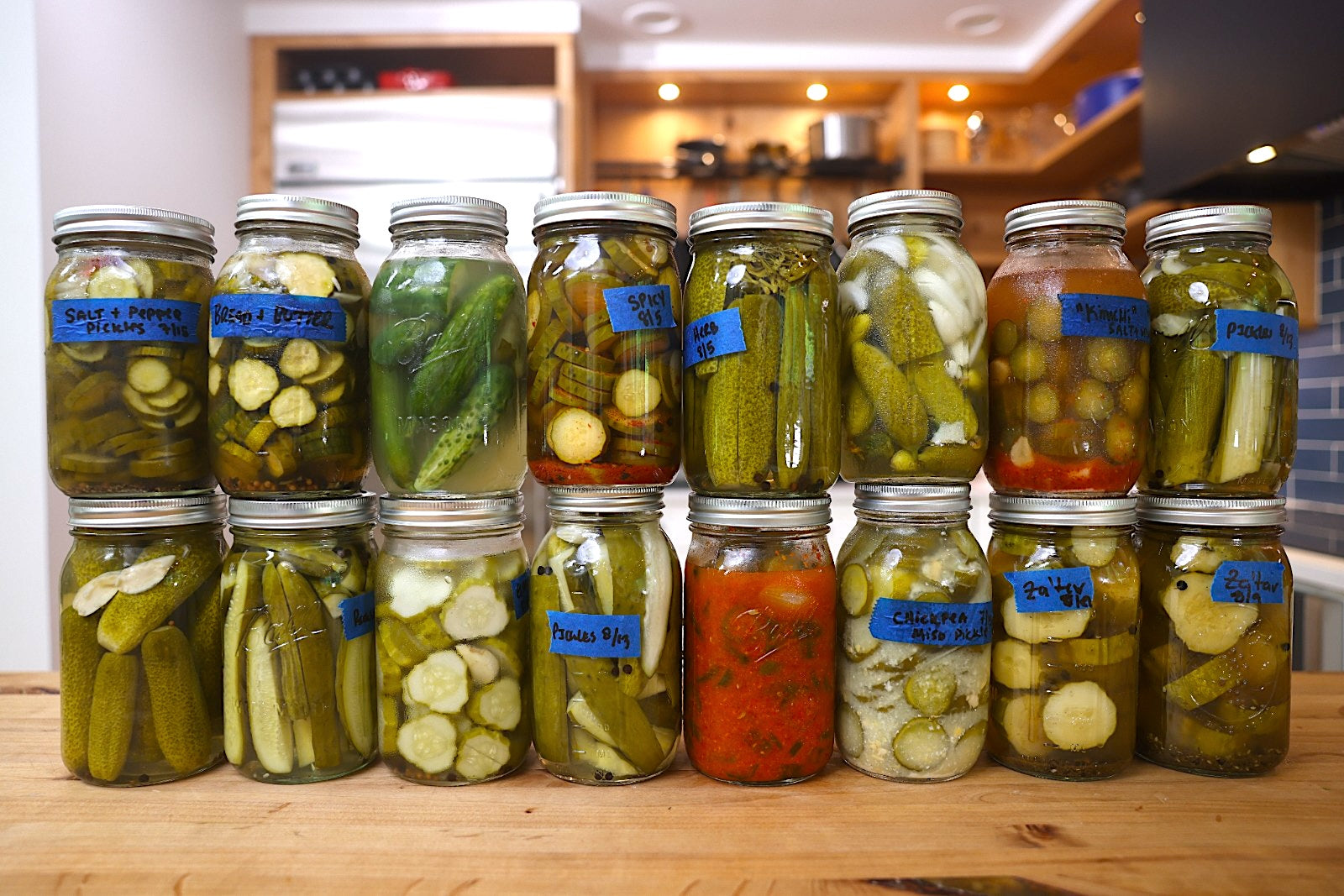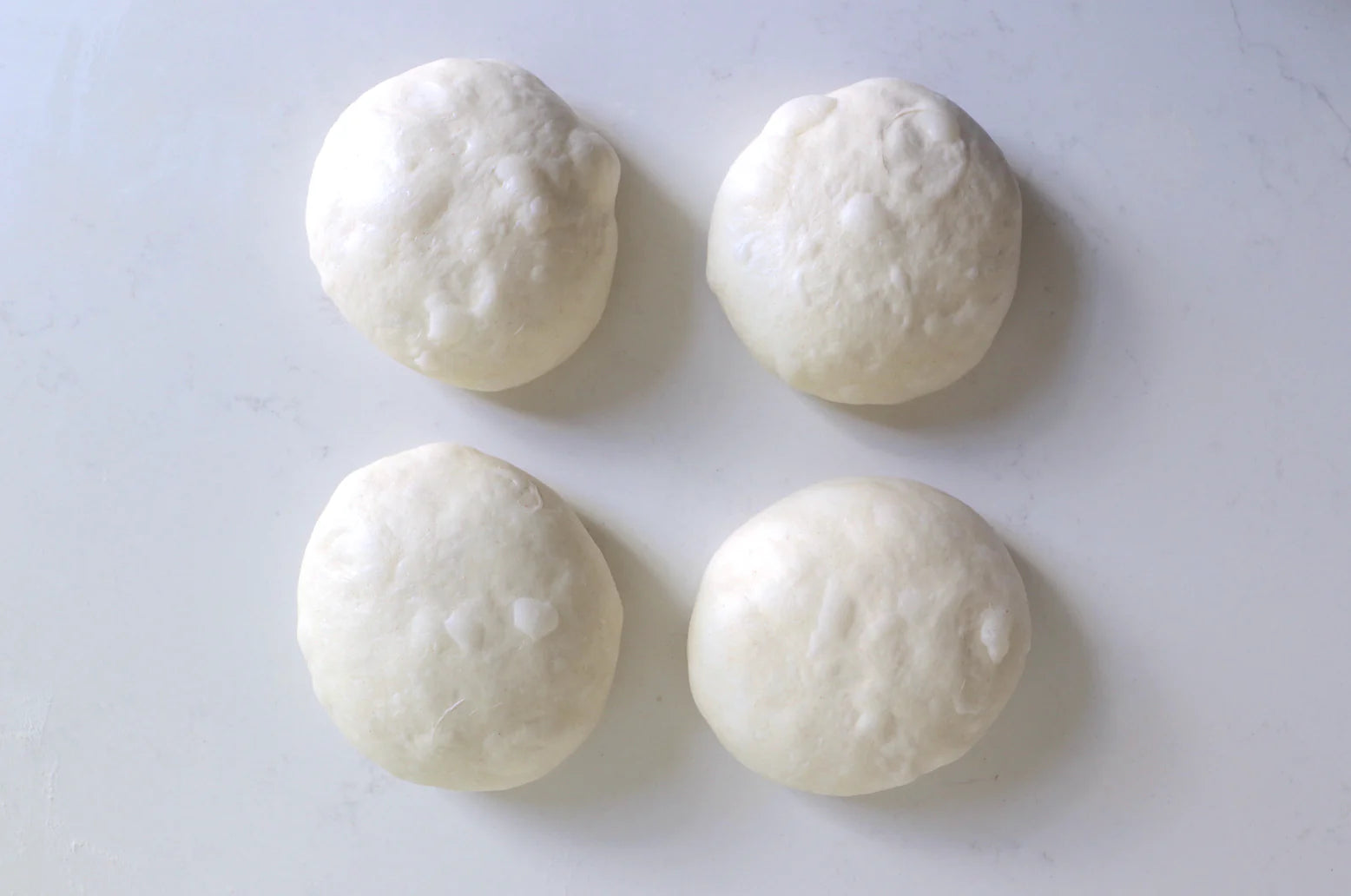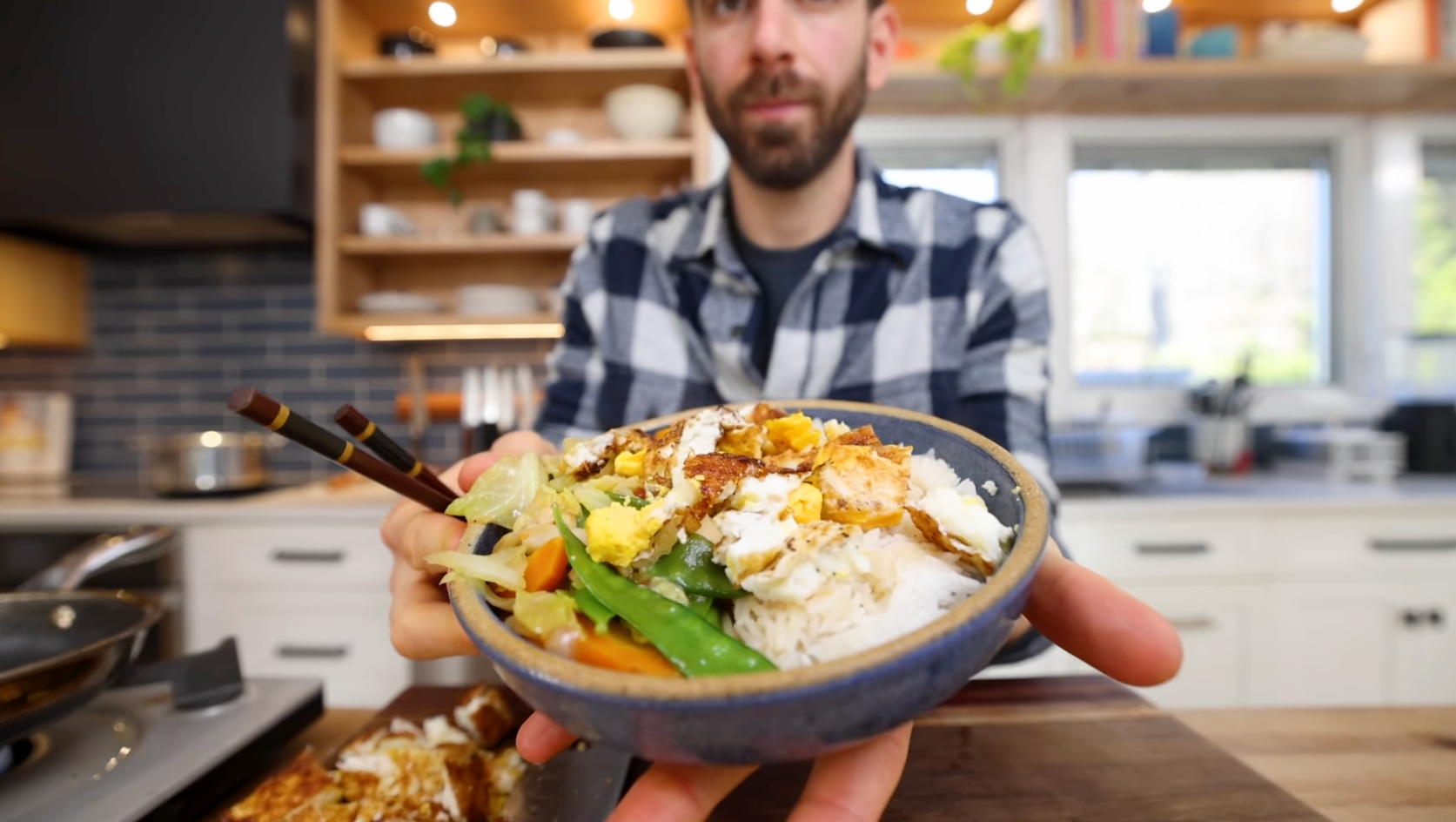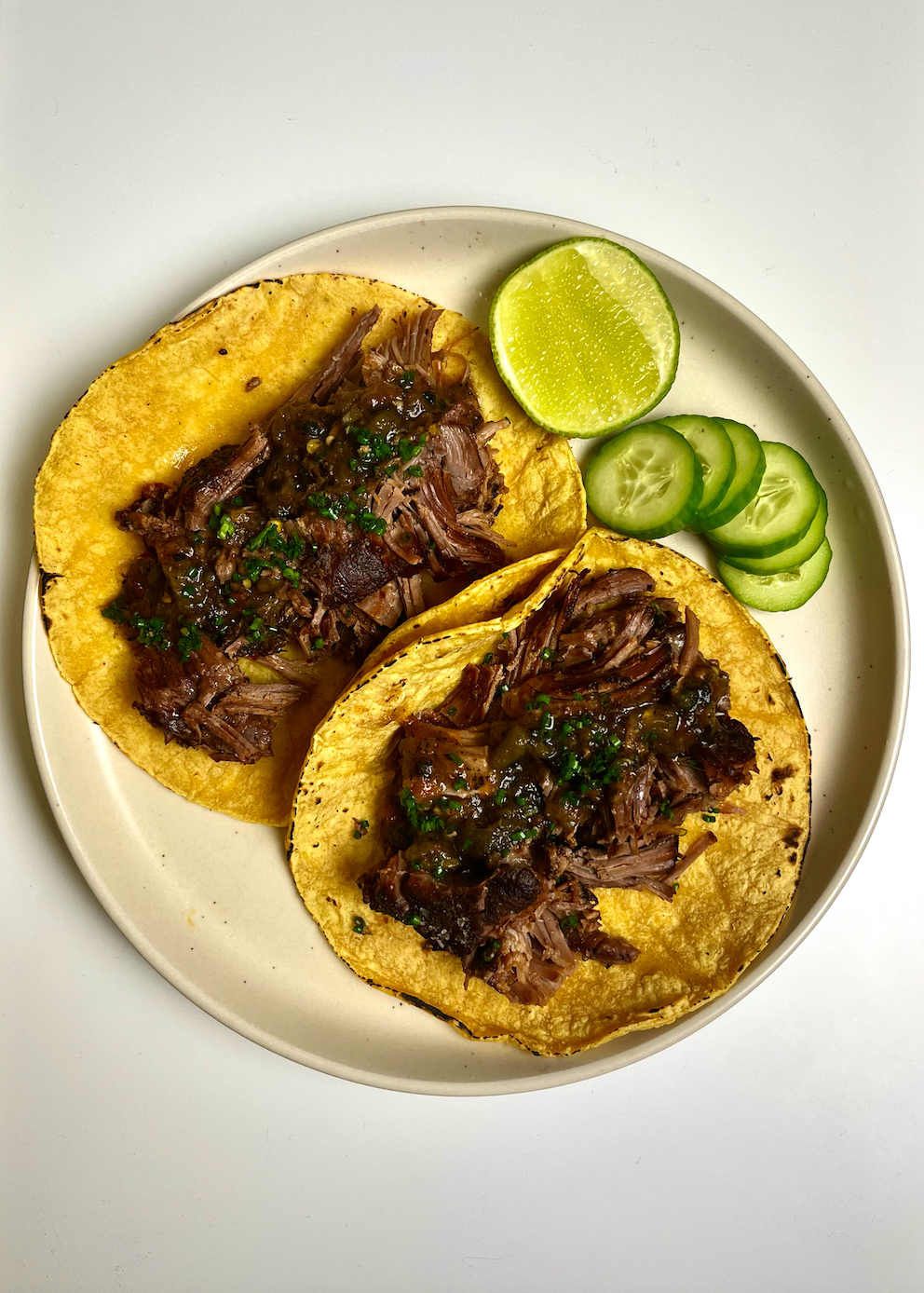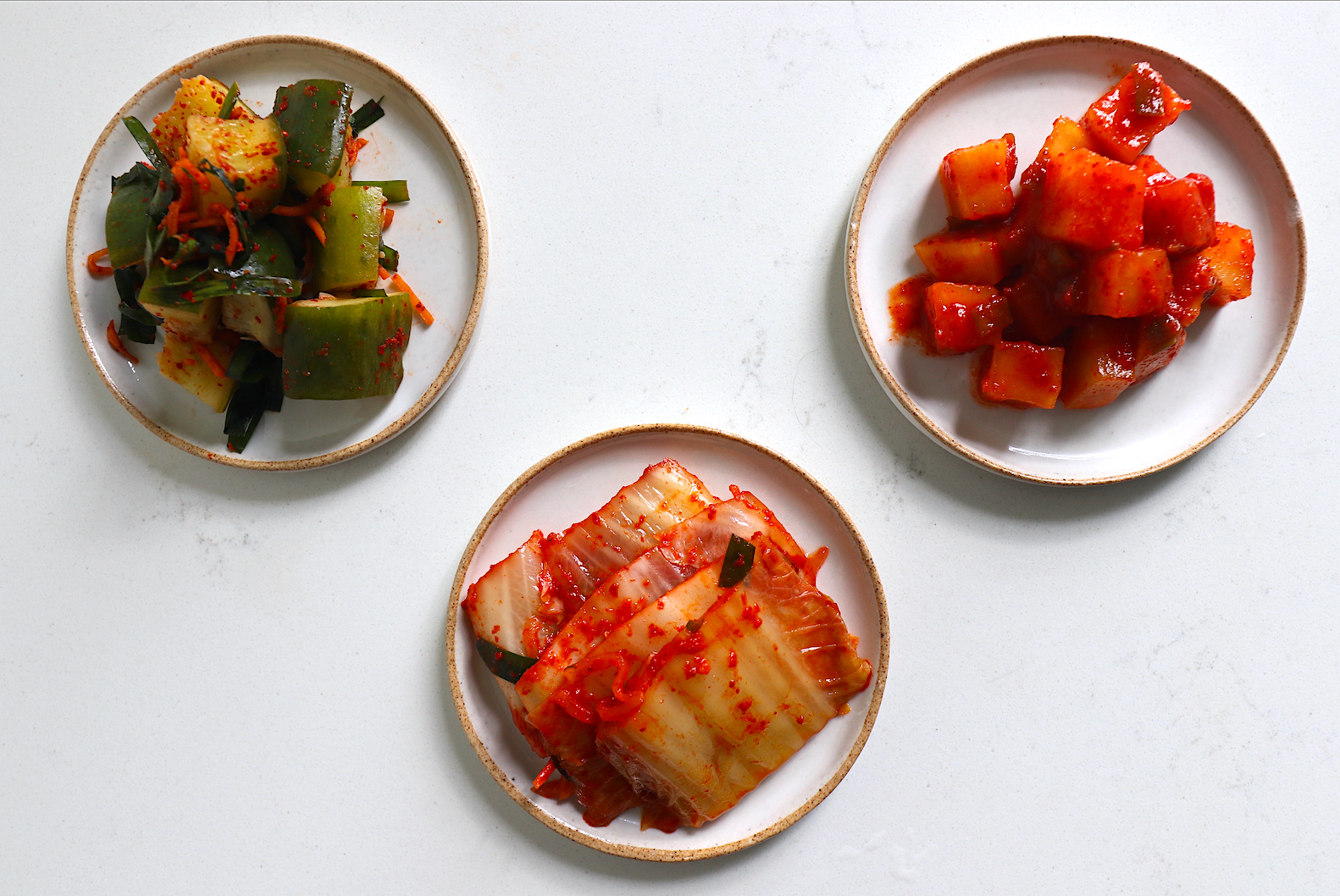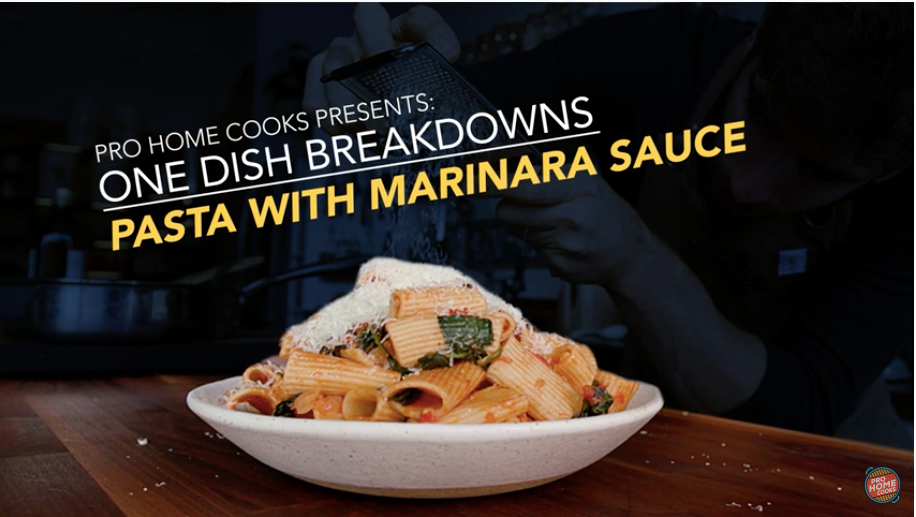
15 common mistakes beginners make when cooking pasta
By Alex Chung
Senior Food Writer at Pro Home Cooks
When it comes to making pasta, it can be one of the easiest meals you can make but only when you know how to make it right. There are just a few tips you need to know in order to make a delicious pasta that you’ll make for the rest of time. No more overcooked starchy mess for you because I am here to help you. For today’s video, I going to show you how to make rigatoni with a quick, easy, & spicy tomato sauce that actually clings to your pasta and along the way I’m going to debunking some of the commonly known pasta myths as well as give you tips to make a great pasta dish.
Tip 1: Quality of Ingredients:

Best ingredients for pasta At its core, Italian cooking is simple. It’s all about technique and freshness. It doesn’t require tons of ingredients. This means that the quality of ingredients must be very good and you need to know how to treat your ingredients properly! Getting imported Italian pasta or local semolina pasta or even fresh pasta if you can find it is the way to go. For things like garlic, basil, onion, oregano, and cheese get things that are local and organic. They will have better flavor and it will come through your dish. For the tomatoes, go for whole peeled tomatoes. Avoid tomato paste in your sauce, ready to go sauces, and added flavorings like oregano or other seasonings because you will be adding your own flavors. Homemade canned tomatoes Note: Kinds of pasta (bucatini, spaghetti, ziti, penne). As for how much sauce, I’d say that a 1- 32 ounce of sauce will make 4 – 5 portions. A 16 ounce can will make dinner for 2 or for 1 and a lunch later!
Tip 2: Layers Of Flavors!
You, of course, don’t need to add anything other than tomatoes but adding aromatics like garlic, onion, and spices like chili flakes or whole chilies add some great depth and flavor to your sauce! For examples, onions are natural sweeteners when you caramelize them and dicing them gives your sauce great texture. Be sure to cut the onion one way, turn it, cut the onion again, and then when you are getting down to the nub keep cutting and rotating it in order to get some good texture and for everything to cook evenly. You can see the full clip here.

Tip 3: To Pasta to Water to Pot Ratio.
The pasta will double in size before your eyes so a good ratio to remember is 1: 3. 1 portion of pasta means 3 portions of water. Remember get a big enough pot to fit everything and always use more water than needed. You can see which pots I choose here. When it comes to your sauce pan make sure that the pan you are making the sauce in is big enough to fit your noodles as well. A loophole around that is if you don’t have a big enough pan then make your sauce in a skillet, drain off the pasta, and dump the sauce into the pot that you boiled your pasta in. So first things first, boil your water. You want to so this step first because if you don’t it will slow down your entire process and let’s be real the longer everything takes the hangrier you will get.

Tip 4: Fats Are Friends.
Its really important to have tons of olive oil in your pan. There should be a shallow puddle in your pan. Don’t freak out about the amount of oil. Olive oil is just pressed olives which is actually good for you! Just be sure to keep an eye out for good oil!

Tip 5: Patience Is Key!
With the pan on medium heat add in the onion, garlic, chili, and onion. Toss them around for about 1 minute and let them cook for about 20 minutes. Confiting the onions is a slow process so don’t rush it. You are taking the sugars in the onion and caramelizing them. Going too fast will burn the sugar so patience is key here. Always keep your pan at a medium heat and be sure to add the onion, chilies, and garlic together so that nothing burns. When garlic burns, it can ruin an entire dish because the taste of burnt garlic is everywhere and unavoidable.

Tip 6 : Salt Is Your Friend.
Each layer is a chance to develop flavor and build off of the layer before. So not only is it important to salt as you go but it’s crucial to salt your water! It flavors everything so from your pasta, to your veggies, and when you use your starchy pasta water it will already contain some salt! Add as much salt in order to make your water taste like the sea. However, don’t go drinking your boiling water! At this point you can also add salt to your sauce as well.
Tip 7: Intensifying Your Flavor.

Putting in the oregano & salt. After your onions have caramelized you can go ahead and add in your tomato sauce, salt & oregano. At this point you should have a lot of liquid in your pan so reducing that will allow your ingredients to mingle and intensify all those flavors. Even though choosing your consistenc more flavor. Either way you want your sauce to stay at a consistent bubble. Not a simmer, a bubble.
Tip 8: Adding More To Your Meal.

Blanching the spinach. Once your water has come to a boil, you can blanch some veggies to add some extra freshness to your pasta. Blanching is a great way to remove the bitterness without adding it to the sauce. It also allows you to not overcook your veggies while still keeping the nutrients. It’s super simple, no extra oil, no extra pan, and it’s an easy add in to your pasta. Right before you add your pasta go ahead and blanch some spinach for 30 seconds. If you are adding a heartier veggie go for about 1 – 2 minutes. Take the spinach out and drop it into a bowl with ice water to flash it.
Tip 9: Timing Is Key.

Boiling the pasta until al dente Knowing when to cook your pasta has to do with your sauce. Take a look at your sauce. How much water is left? If it has reduced a lot already, add your pasta to your salty water. In order to cook pasta properly you need to get the texture and taste right because nobody wants crunchy pasta. As your pasta starts to look done, take a bite out of it, and see the center of the pasta. You don’t want to see uncooked pasta. You want to have a fully cooked center but still have tons of texture. You can see what a properly cooked pasta looks like in my video!
Tip 10: Keeping Everything In Mind!
Remember that the sauce has reduced a lot so the flavors have intensified and we will be adding cheese which is also salty. You should always keep those two things in mind because it will change the flavor! So be mindful of all the other ingredients and steps that we still have. Speaking of other ingredients, remember the spinach. Go ahead and squeeze out the water and when the sauce is done add it to the sauce.
Tip 11: When To Add Your Noodle?
The reason you cook pasta al dente is because you will infuse the pasta with the sauce. It will absorb the sauce and pick up some of those flavors from the sauce. Once you have tasted your pasta and you think that it is at al dente, take the noodles out of the hot water, and add it directly into the sauce.
Tip 12: Becoming One With The Noodle

The noodle and sauce have become one Toss everything around so that each sauce has a little noodle and each noodle has a little sauce. Keep everything on low heat while everything mingles together for a few minutes. You want to do this because the pasta will continue to cook and release a little bit of starch which will make the sauce cling to your pasta!
Tip 13: Starchy Pasta Water Is Your Secret Weapon
So, once you add your pasta to the sauce you also add your secret weapon which is the starchy pasta water! Properly seasoned starchy pasta water will help you thicken up your sauce even more as well as keep it properly seasoned.
Tip 14: Pasta Still Undercooked?

Letting the pasta steam To finish everything up, cover your pasta. Steaming your pasta with the residual heat will allow for everything to combine into an oh so luscious dish! You can now add in your final layer of flavor which is the best part! Cheese and basil! Grate some parmesan cheese on it, tear up some basil, and then go ahead and start eating away.

Tip 15: Make A Cleaning Deal Beforehand.
It’s nearly impossible to make pasta without making a mess so to avoid the hassle of cleaning up, make a deal with your friends that if you cook then they clean because you’re going to need to clean after this meal!
TOP ARTICLES

Sourdough Baking School
Master the art of sourdough bread baking in the most comprehensive baking class on the internet. This class features over three hours of baking content to help you start your sourdough journey.
See More


